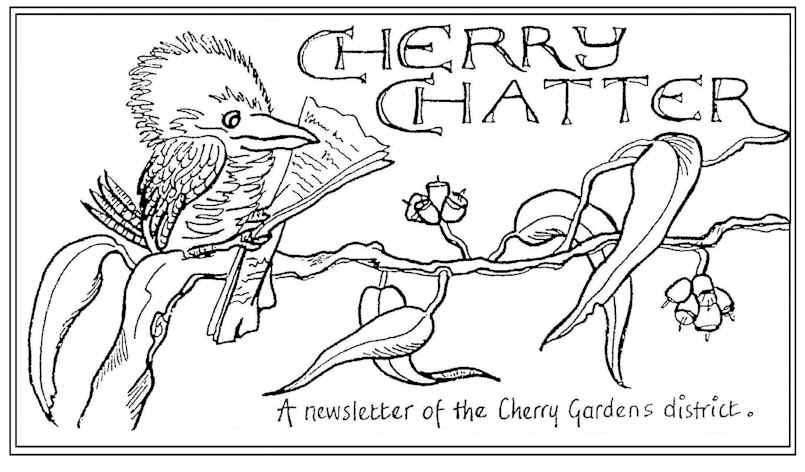Native Bee’s
There are actually more than 1600 native bees across Australia, which is ten times as many species as there are mammal species. Around Adelaide, the Adelaide Hills and the Mt Lofty Ranges alone there are an estimated 300 species of native bees, however those which live in our state are solitary and don’t live in hives nor produce honey which we can harvest, unlike the European bees or the native Australian stingless bees which can be kept in hives from Sydney to northern parts of Australia.
Yet despite how many different types of native bees there are locally, few South Australians are familiar with what even one species of native bee looks like, and more importantly why and how they can and should actively encourage them.
Native bees come in a range of shapes and sizes from 2-25mm long and are often confused with other insects such as hoverflies. They can be brightly coloured or black and brown. The blue banded bee is one of the prettiest and I usually hear them in my garden before I ever see them, as their buzzing is louder and lower than a European honeybee, more like a blowfly. They have black stripes over a stunning teal blue body and are larger than a honeybee. There are also leaf cutter bees named because they protect their offspring in their nest by cutting pieces of leaves, and resin bees which use resin to close its nest to protect its young.
Native bees do play a really important part in the pollination of Australian native plants and in fact there are many plants which can only be pollinated by native bees. They are also great pollinators for our vegies and fruit trees and are often significantly more effective at pollinating flowers than honeybees. The blue banded bee is a buzz pollinator which is perfect for crops like tomatoes, and even make them taste better!
There are some basic principles home gardeners should adapt to encourage native bees in their own backyards – by providing food, places to nest and protection. Unlike European honey bees they do not require a water source.
Plant flowering natives that bloom from early spring to late autumn as native bees rely completely on pollen and nectar for food and for feeding their offspring. Examples of local food plants for native bees are Christmas bush (Bursaria), emu bushes (Eremophila), gums (Eucalyptus), tea tree (Leptospermum), native bluebell (Wahlenbergia), guinea flowers (Hibbertia), wattle (Acacia), cassia (Senna), fan flower (Scaevola), boobialla (Myoporum) and flax lily (Dianella).
Leave some areas of your garden with bare, un-mulched soil as half of our native bees actually dig their nests in bare soil (preferably with morning sun and afternoon shade) and a layer of mulch will discourage that.
Stop pesticide use in your garden as bees are very sensitive to chemical insecticides and herbicides.
Install a native bee hotel for blue banded, resin, masked and leaf cutter bees. There are some specific requirements on how to do this and details can be found at this website
Remember that many bees have developed special features to exploit plants from their region, so if you’re starting your garden from scratch you should try for as many local plant species as possible. It’s important to remember that what’s indigenous to Gawler may not be local to Cherry Gardens. Find a nursery that has a selection of indigenous flowering plants (‘native’ plants are from anywhere in Australia, ‘indigenous’ plants are native to your local area) and try to be as diverse in your selection as possible. Not only will local plants help your bees, it’ll keep your garden looking great as indigenous plants are primed to thrive in the local climate and soils. Easy-care grass and non-flowering trees such as conifers offer nothing for native bees so avoid them when you can.
Need some help with your veggie patch?
While some native bees are specialists, there are some fantastic generalist foragers that can pollinate introduced species of flowers. In fact, blue-banded bees are pros when it comes to buzz-pollinating tomato, capsicum, chilli and other nightshade plants.
One final tip – that might be tough for gardening gurus – is to let some of your weeds go to flower before pulling them out. They’re often some of the first plants to flower in spring and can provide an early leg-up for our buzzing buddies.


